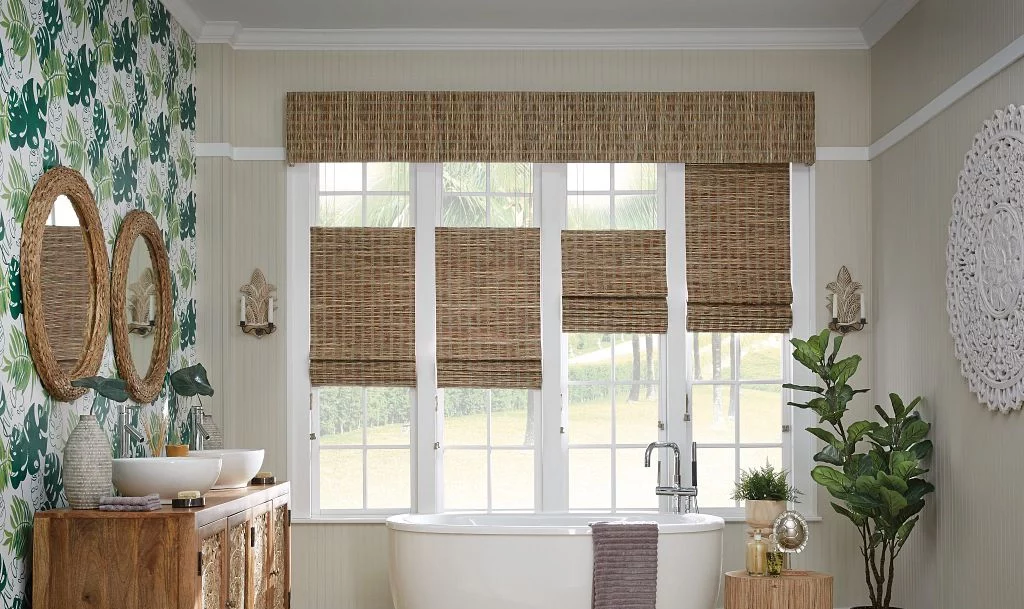How Texture Impacts Emotion in Interior Design
How Texture Impacts Emotion in Interior Design
Our surroundings have a massive impact on our emotions. Lights can amplify our positive or negative emotions, colors can make us feel energized or calm, and elements in our design can make us feel safer or even more hungry—texture also plays a role in this.
Not only do different textural elements and colors add a sense of completion and harmony to each space within your home, but they also affect the “feel” of each room.
If you’re planning your interior design project, pay attention to the pieces you choose, the combinations of textures you implement, and the overall vibe they create in your home.
What Is Texture in Interior Design?
The interplay between interior design and psychology is all around us. You’ve probably heard some people say they dislike modern designs because they “feel cold” or “feel sterile,” while to others, the simplicity and straight lines are appealing because it “feels organized” or “feels clean.”
On the flip side, the love of traditional design often comes from its “feeling warm” or “feeling comfortable and inviting.” We already have a verbal expression of emotions when we talk about design styles, and peoples’ preferences often are based on how those designs make them feel.
Multiple studies have even been conducted in order to discover if there are design elements in hospitals that can help boost emotions, reduce stress, and speed up recovery times.
When it comes to texture specifically, it plays a large role in how a space feels.
The color of your textures also matters, so if you haven’t already, check out how to make a space feel calm or energize a space with color. For now, think about when you see a certain material and how you think it would feel if you touched it.
We make judgments on texture because one sense, our sense of touch (feeling texture), knows or assumes what it feels like, and that affects other senses, like sight, with a similar feel. Hence, metal can “feel cold,” or a fluffy rug can “feel warm” to us.
So, how do you create emotions intentionally with texture?
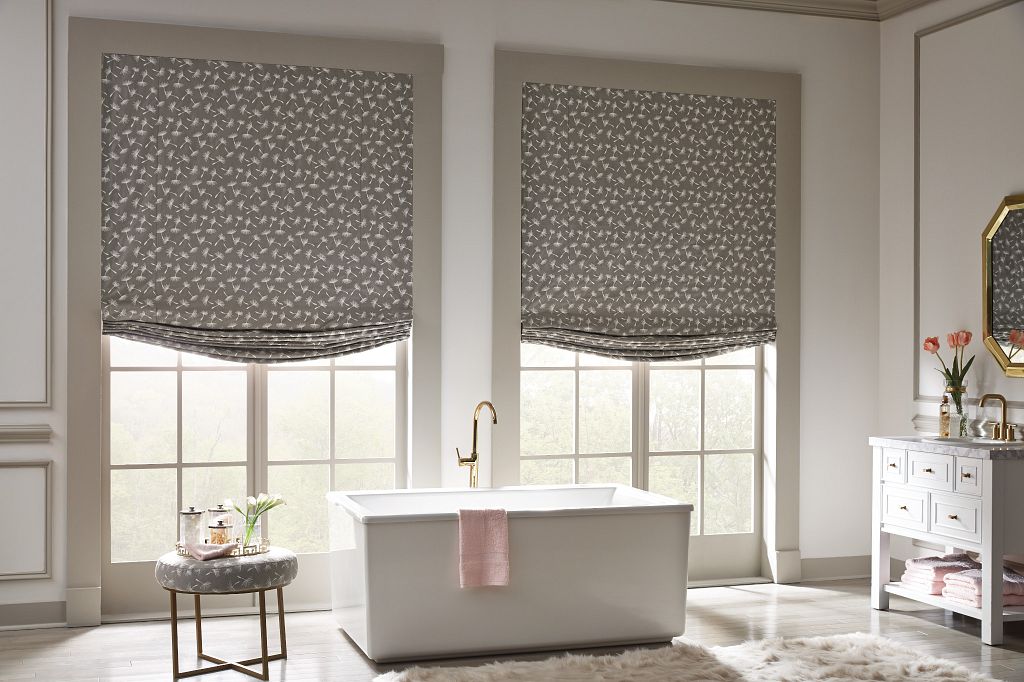
How to Use Textures in Interior Design
Adding fabrics can “soften” a space.
We know that things like a thicker rug, a knit blanket, or a throw pillow feel soft even without actually touching them. It’s all about how textures make you feel, whether you are touching them or simply viewing them.
Soft items visually imply a flowing sensation. Curves “feel” softer than corners, even on materials like wood or metal. We’ve referred to metal as an example of “cold” thus far, but it isn’t all the time. Elements we associate with nature actually do help contribute to feeling more relaxed.
Wood and Metal Materials Can Create Warmth in Interior Design
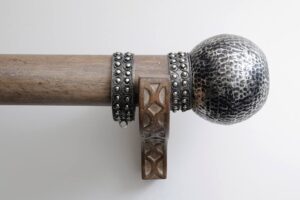
Materials used in interior design, like wood and metal, can feel incredibly warm, and they add depth, visual interest, and contrasting texture that appeals to many people.
Wood that contains a lot of visible graining and knots without a high-polished finish “feels” soft, and copper is incredibly popular in part simply because of its naturally warmer color. If you’re looking for warmer woods, look for natural or reclaimed wood (which has the added benefit of being more eco-friendly as well).
Even woven materials like wicker add texture that contrasts nicely with both fabrics and harder surfaces. A metal bookcase with wicker baskets on the shelves creates great contrast that helps break up the solid lines of the shelf.
Natural Interior Design Textures
If you want to bring in even more natural elements, plants are always a winning choice, and they can even help clean your home’s air. If you don’t have a green thumb or don’t want something that requires upkeep, go for imagery instead. Stagnant or gently flowing water (or calmer actual fountains) connect people with feelings of calm and peace.
Stalks of corn or flower fields gently blowing in a light breeze also evoke feelings of calm. Even people who aren’t outdoorsy associate nature elements with a calming emotion.
When choosing rugs, keep in mind that the “fluffiness” of the rug, or the pile, actually matters. The higher the pile, the more we associate it with warmth and comfort. Think about very tight, low-pile carpet in offices – it’s meant to be easily cleaned, and you can tell by simply glancing at it that it’s not likely to feel wonderful under your bare feet. Even without skin touching a material, you can tell what kind of physical feeling it gives you just by looking at it.
Accessories Add Texture in Interior Design
Some areas in your home tend to have a certain feel and may need a little balance. For example, spaces like the kitchen have hard-edged counters, tables, and chairs, which may feel sharp and cold. Add a few soft accessories to rooms with hard surfaces to counteract that and create a more balanced vibe in the space.
Consider new plush cushions for your chairs, or put a colorful vintage rug down. If your kitchen is more contemporary or modern, you can bring in some warmer textures to balance out the coldness. Think of woodgrain pieces, like a wooden butcher’s block or wood barstools.
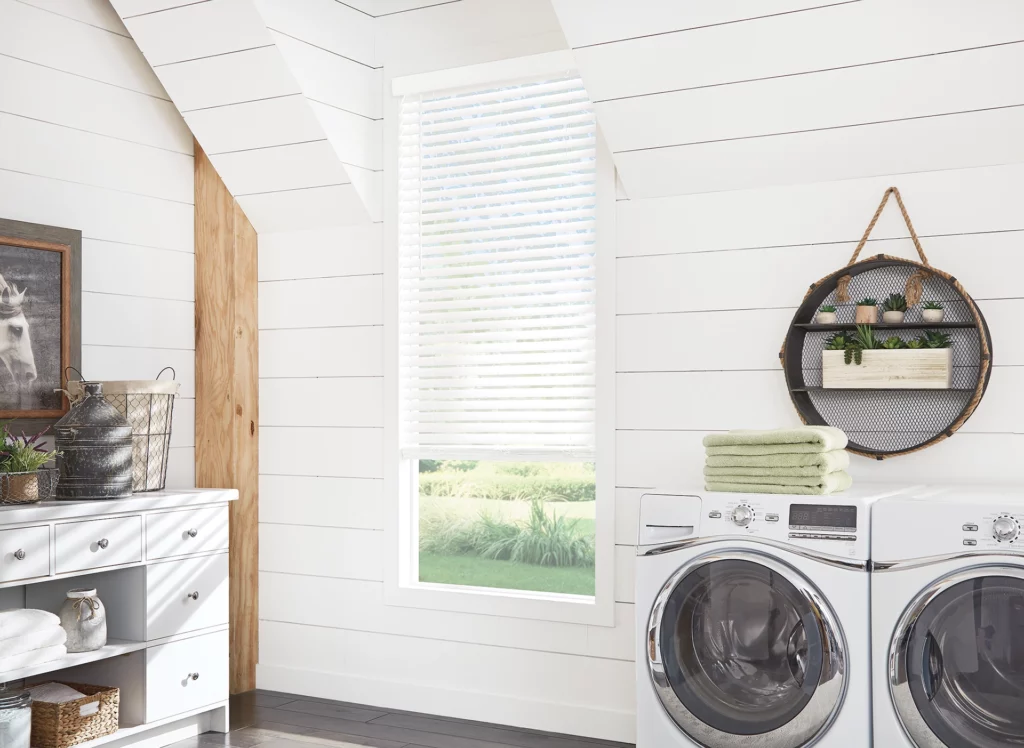
Wall Interior Textures Matter
Don’t ignore your walls. The materials used to cover windows can greatly affect a space. Window treatments are especially important, as they control the light flow into any room and also set the mood based on the psychology of interior design. Light sheer curtains flow easily and break up the window’s lines, adding softness to the wall. Many window coverings, including shades, come in a wide variety of fabrics and textures to create the feel you want in a space.
If a wall needs some more help, but there’s no window, decorations go a long way. We already mentioned nature photos, but get creative and think about wooden frames, fabric tapestries, or wall hangings. The possibilities are just as endless as people’s personal preferences.
The Importance of Light and Texture
Whatever elements you choose, they can still fit in well with your preferred style. Subway tiles are incredibly popular, and because of their material, they also reflect more light.
Light plays a huge part in how we feel within a room.
Lightbulbs come in a variety of temperatures, brightness, and styles. Overhead lighting can sometimes feel harsh, especially in the evening, so consider the addition of table or wall lamps. If an area like a kitchen or office feels dark, it’s more likely to bring down your mood when you need to work. Also, very bright light casts dark shadows, which can also feel harsh, so soft fabrics over the windows can diffuse the light so that it’s still plenty bright but not quite as harsh.
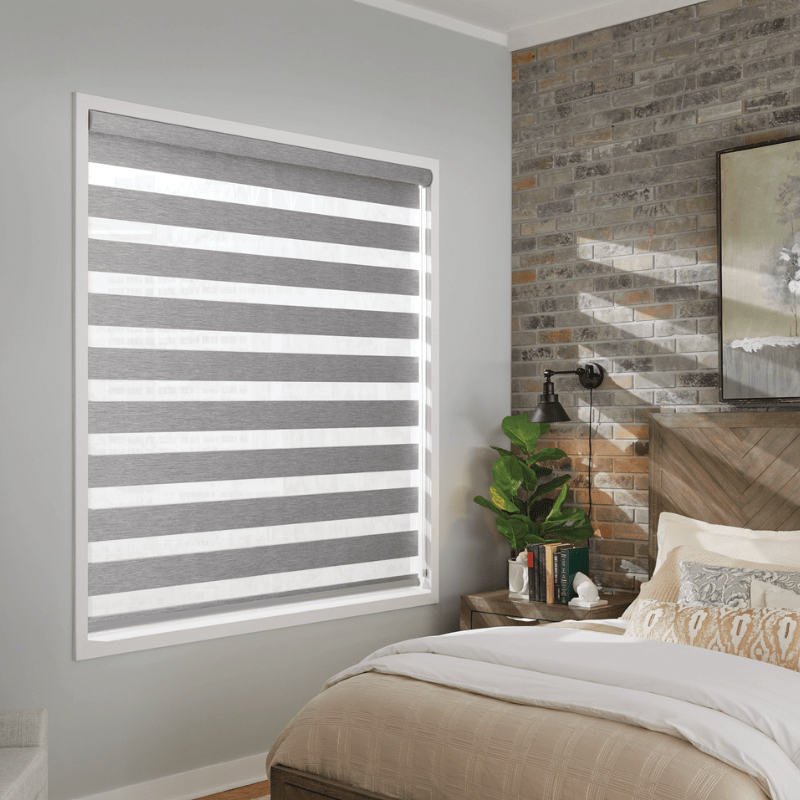
Use Texture Contrast to Set the Mood
Different textures play with light in different ways as well. Smooth textures, like satin or silk, reflect light and can make a room feel brighter, lighter, and softer. The modern design uses a lot of smooth textures to increase the feeling of lightness with clean lines and an open, airy feel.
Rustic or natural design plays off a lot of light-absorbing materials, like wood, stone, and deep-textured fabrics. Luxurious styles often mix the two textures, like light-absorbing velvet paired with shiny, metallic materials that make up this look.
If you want to learn more about how lighting can affect your mood in a room, read our full blog on the topic.
Let us help you play with texture in your socal home or business!
No matter what style you prefer, you can make it feel more welcoming, comfortable, and inviting with additions of texture! If you want help choosing fabrics and materials to soften a space, get in touch with us using our web forms, or give us a call or text us! We can also show you different types of textures in the context of draperies, shades, blinds, and more.
Our design consultants can help you achieve your goals and customize your new window treatments to match your unique desires for the feel of your home. We offer various styles, colors, fabrics, prints, and more to ensure you have plenty of interior design texture options to match your home’s interior and your preferences.

